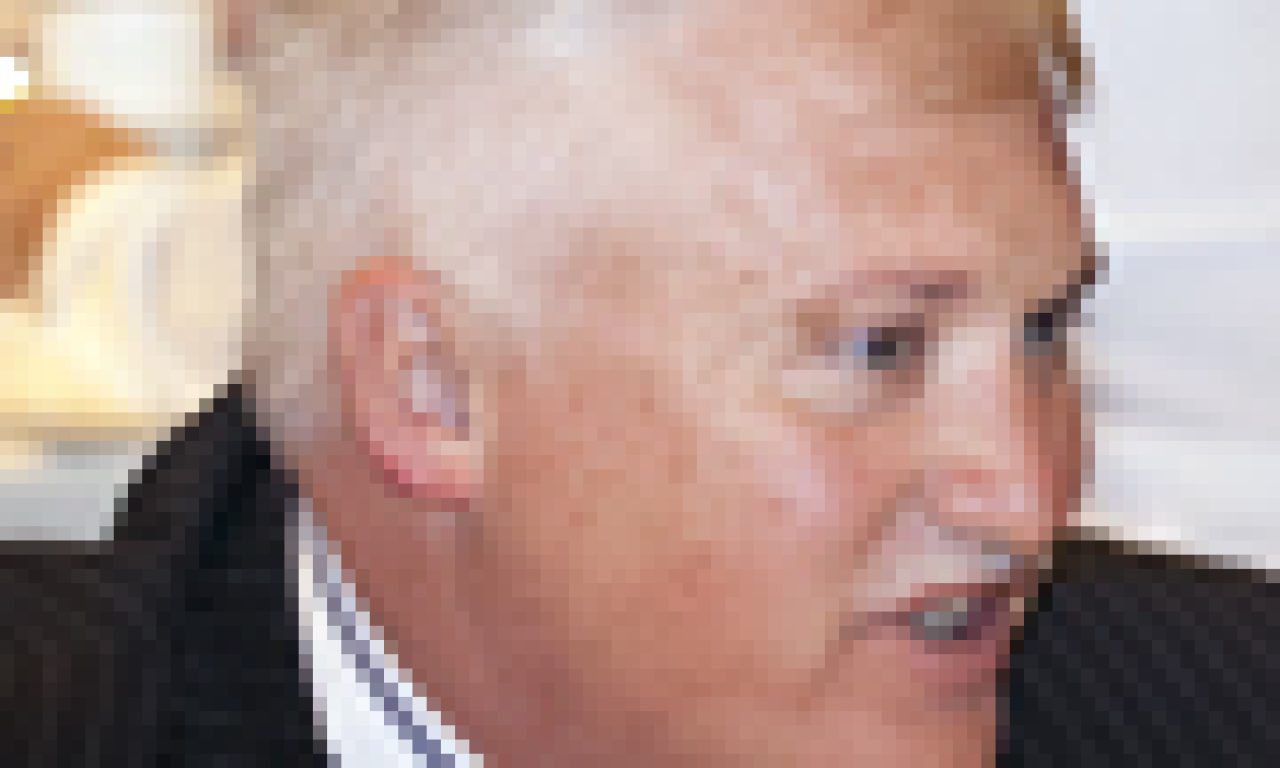(Pictured: Jonathan Green)
The integration of back and middle-office functions at big super funds is having knock-on benefits, such as the reorientation for the fund operations management to also include implementation. And there are returns benefits.
According to Jonathan Green, the general manager of investments at NSW Treasury Corporation, the new paradigm involves the recognition of the need to vertically integrate deployment of investment strategies.
He was speaking at last month’s ‘investment administration’ conference produced by Conexus Financial where Lounarda David, the head of investment operations for Sunsuper, also provided interesting commentary on the same theme.
Green said: “The trend has commenced offshore, where it is becoming increasingly common for money managers to head up implementation and operations teams.”
Some of the potential benefits were: superior investment outcomes; enhanced client outcomes; improved holistic portfolio and market-risk management; and a one-team culture.
Superior outcomes come from: reduced implementation timeframes and operating costs; reduced realised implementation costs; and minimised impact on manager performance.
Lounarda David said that Sunsuper, the fund which she joined last year, had transformed its investment operations to better align to the business, by becoming more flexible, responsive, innovative and cost effective.
“Investment operations are considered a business partner rather than an order taker. So, we are involved in early stages of development of an idea or a new investment. We do a lot of feasibility analyses, highlight ramifications and suggest effective solutions.”
She looked at the differences between the two main models deployed in investment operations: ‘fir for purpose’ and ‘best practice’.
“Best-practice models are often not commercial or practical to implement. Every organistion has an operating model but they are not all effective and supporting the business needs. An effective model is one that converts the strategy of the organistion into results and dictates where and how key functions are performed by both the organisation and its service providers, within a robust governance framework. So, it will be difficult to find one model that suits all organisations.
“An effective or fit-for-purpose model will be shaped by factors such as culture and values of the organisation, business objectives, investment and management philosophy, legislative and fiduciary requirements, risk tolerance and commercial elements. The operational functions, however, should represent best practice wherever possible.”
She also addressed the hot topic of fund insourcing of investment capabilities.
“There is a big difference between an investment manager’s middle office and a super funds’ middle office,” she said. “A manager’s middle office is designed to provide transactional support, facilitate trading, help with compliance and liquidity management, provide portfolio data and reports like valuations and performance analytics for specific and discretely managed portfolios. Custodians’ middle-office capabilities have been designed around manager models.
“Super funds’ middle-office models cover all investments and portfolios across the fund. They have evolved in recent years to respond to market pressures, such as competition, cost pressures and demand for more transparency. There is also the business needs for flexibility and speed for implementing complex investment decision /strategy / products, minimising leakages and providing accurate and frequent data and tailored information serving many masters who have different needs and interest…”

